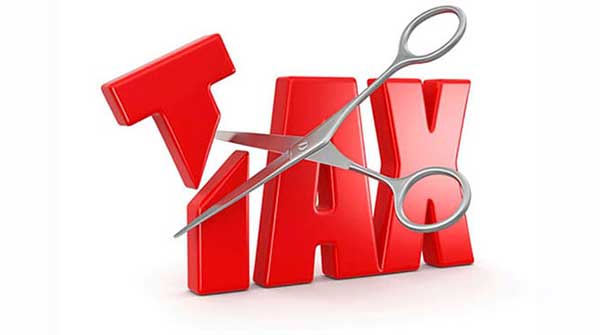 The federal Liberals should be applauded for recognizing that Canada’s tax code has become increasingly complex – something Canadians understand well after having just filed their income tax returns.
The federal Liberals should be applauded for recognizing that Canada’s tax code has become increasingly complex – something Canadians understand well after having just filed their income tax returns.
In response to growing tax complexity, the government’s recent budget said it will “undertake a review of the tax system to determine whether it works well for Canadians, with a view to eliminating poorly targeted and inefficient tax measures.”
This is encouraging and represents an important opportunity for the Liberals to undo the considerable complexity that the previous Conservative government added to the tax code, and work towards a simpler, more pro-growth system.
Consider what has happened over the years with the number of federal tax credits, deductions, and other special treatments (otherwise known as “tax expenditures”). From 2001 to 2014, the sheer number of personal income tax expenditures has increased 24 percent, from 103 to 128. In fact, since 2006, every federal budget tabled by the Conservatives contained at least one new tax credit for specific activities or eligible groups.
After adjusting for inflation, the value of these tax expenditures increased 48 percent from $3,988 per tax-filer in 2001 to $5,918 per tax-filer in 2013, the latest year of available data.
At first glance, an abundance of tax credits may seem like a good thing. Everyone likes to save money. But each new tax credit can add to the complexity of Canada’s tax system and consequently increase the cost of compliance.
Every year taxpayers spend a significant amount of time (collecting and organizing receipts, understanding the rules) and money (paying accountants, buying software) to file their tax returns. The cost of complying with the personal income tax system alone is estimated at up to $7 billion – or roughly $501 per household each year.
Tax expenditures add to the cost of filing an income tax return because claiming a tax credit or deduction requires keeping records, ensuring eligibility, and perhaps hiring an accountant to check if you’re not missing out on any tax benefits.
And compliance costs fall disproportionately on lower-income Canadians who spend a greater share of their income complying. In fact, higher compliance costs might explain why lower-income Canadians are less likely to claim some tax expenditures or be aware of them in the first place.
Also troubling, tax expenditures tend not to change behaviour. Instead, they subsidize things people are already doing like taking public transit.
Furthermore, a more complicated tax system is more costly for government to manage. Both the compliance and administrative costs consume resources that are then unavailable for more productive priorities that actually help grow our economy.
Even the federal auditor general recently criticized the lack of regular review on the relevance and effectiveness of tax expenditures.
So what’s the solution? A simpler tax system.
Tax expenditures currently cost the federal government approximately $165 billion in foregone revenue—more than it collects in personal income tax revenue ($135.7 billion). With more tax expenditures, the government has to keep income tax rates higher to raise the same amount of revenue.
By eliminating a large number of these ineffective tax expenditures, the government could, in exchange, broaden the tax base and use the resulting resources to dramatically reduce personal income tax rates for Canadians. Such a reform would result in a much simpler, pro-growth tax system that improves the incentive for Canadians to work, save, invest and undertake entrepreneurial activities.
The last fundamental reform to Canada’s personal income tax system took place in 1987. The country is overdue for another round of reform. The Liberals can seize the opportunity before them and reduce the complexity that has been accumulating in the tax code over the years.
Charles Lammam is director of fiscal studies at the Fraser Institute.
Charles is a Troy Media contributor. Why aren’t you?
The views, opinions and positions expressed by columnists and contributors are the author’s alone. They do not inherently or expressly reflect the views, opinions and/or positions of our publication.


